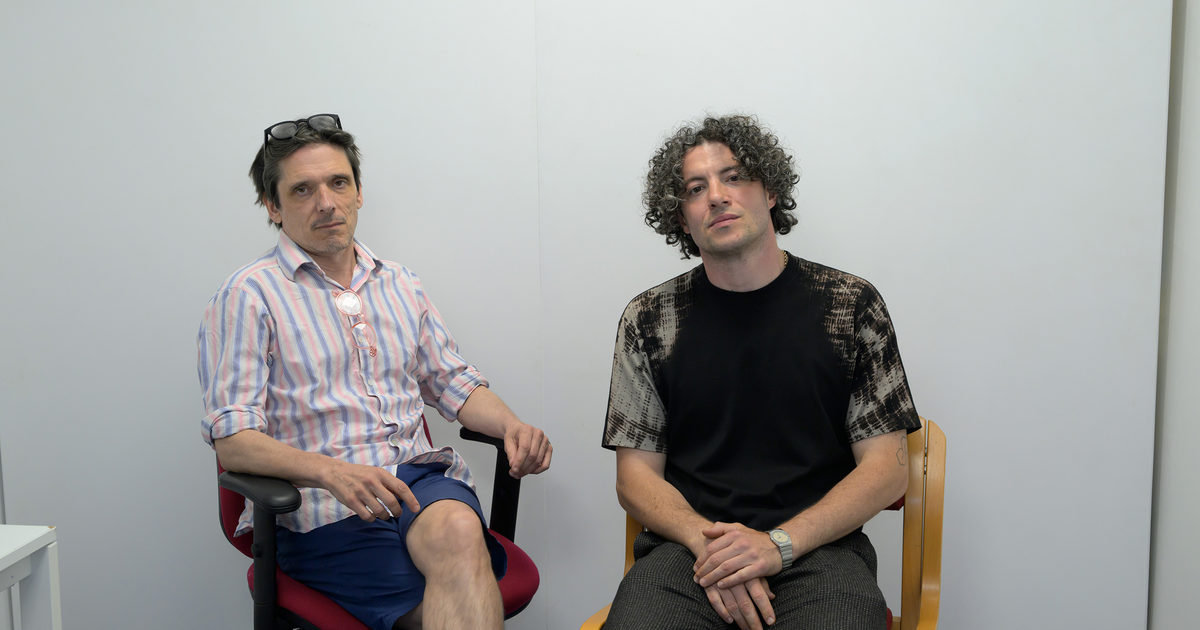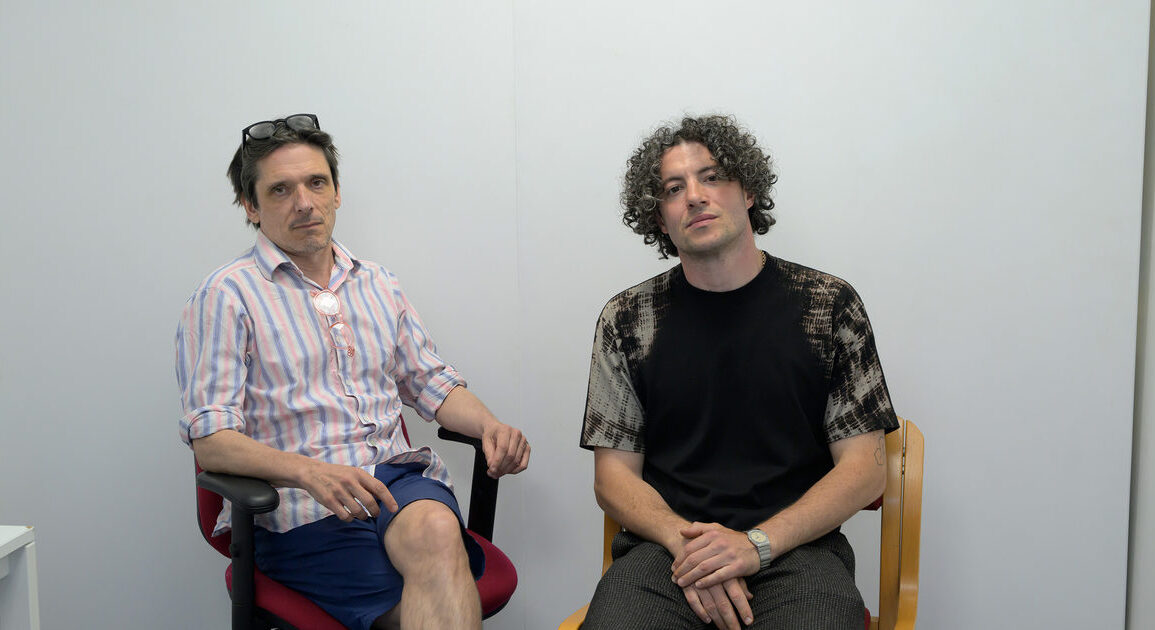
Do you see any recurring themes in the work?
JC: We see a lot of portraits of Tupac. I mean, Tupac, for me, is probably one of the best poets I’ve ever heard and he was in prison. A lot of his songs are about a struggle that a lot of people in prison have been a part of, too.
JD: You see a lot of images of birds – they embody a spirit of freedom and they can fly away. There’s also a lot of the Royal Family and images of the Queen. I don’t know whether it’s because of HMP – like, Her Majesty’s Pleasure…
JC: When you go up in Crown Court as well, you’re [going up] against the Queen, so it’s almost versus her…
JD: So personal, isn’t it? But she still is depicted a lot. Charles is rising up a bit, but she’s still ahead.
Are those depictions positive or negative?
JD: It’s mostly positive, very patriotic work. There is less political work than you might think. You have a lot of work which is obviously about prison, but a lot of it is escapist – abstract or of animals or landscapes, ideal spaces. What kind of moods or energies are you drawn towards when looking at the pieces?
JD: Work that’s alive, that has an energy and stands out. All those things. You want to see things that you couldn’t imagine being made, where people have used their imaginations. It’s like any art, really: you’re looking to be surprised and have some sort of contact through the work. It’s not a normal group show in a way, as group shows often have a definite theme.
This is more like the Royal Academy summer show – the antidote to it, really. You spend a day here looking at stuff and you go home with it. It doesn’t leave you when you leave the building.
Are there any works that particularly resonate with your own prison
experience, John?
JC: There’s this one [a portrait of a man in a cell with vibrating waves around him]. When you’re in prison, you feel like there’s almost a static, or there’s this fuzz. You’re not quite progressing, you’re just stuck in limbo. This is someone really trying to get out of that limbo, I think. You feel like: “Is this really my life?
How did I end up here?” There are also some pieces made from traditional prison materials, like pieces carved from soap. [John sniffs a carved cream skull.] That smell of buttermilk soap is so triggering for me. It literally transports you. Do any pieces show how prison life has changed since you were incarcerated?
JC: There are a few pieces made from the inner cartridges of vapes. Ten years ago, you wouldn’t have that. They’ve banned cigarettes, so everyone vapes.
JD: It’s a new material. I suppose people find out they have skills they wouldn’t have found out [about] otherwise. But unfortunately, it takes going to prison to see: “Actually, I can draw and I can paint.”
John, were you aware of your skills as an artist before going to prison?
JC: I was into graffiti, but it took going into prison to believe that I could make art. I did have an idea that I was an artist, but I didn’t think it was possible. Then when it started changing my environment, or how I felt about myself and the beliefs I had, I was like: “I gotta do this.” I have to keep doing it, because it’s become my saving grace.
Is it easy to agree when it comes to curating the show?
JD: Yeah, it is actually, because we respect the other’s choices. We’ve been chosen for a reason – we’re not inexperienced at this. We know what we’re looking at and what to expect.
JC: I started off as an entrant for Koestler, then during my sentence I got day-release to have my interview for a fine arts programme [at Kensington and Chelsea College]. All of that wouldn’t have been possible without that first piece of praise or validation I received. It set me on this journey. It’s a really full-circle moment for me. Maybe I should think about doing some mentoring… That’s the only thing I haven’t done.
Because you had a mentor from Koestler, right?
JC: Yeah, Jo Davis Trench, who was a textiles tutor at Central Saint Martins in the ’80s. She helped me feel at ease in art spaces – [she helped me realise] that not everyone was suspicious of me all the time, because that’s how you feel when you come out of prison.
You’re told they are as well, that the local police are aware of your movements, and you have to have contact with probation. There are lots of different public agencies that monitor you. You lose your identity quite a lot and become disenfranchised with everything. It’s easy
for that to feed into the idea that there’s “them and us”. So that mentorship made things easier for me, in terms of being comfortable going into spaces.
What sorts of things did you do together?
JC: She took me to the Southbank Centre and into cafés. I’d never really been into coffee shops. The places that were suited for me were bookmakers, pubs, caffs and dodgy kebab shops that had a bar in the back. That was where I was used to spending my time.
JD: Sounds great!
JC: It was, for about a week. When you do it for years, it takes its toll. The mentorship really helped with my identity and how I thought of myself. If you’d told me when I came out of prison that I’d be doing this – or even that I’d have a degree and a masters – I would have said: “Nah, that’s not on the cards for me.” But with the support of Koestler, I’ve managed to make it happen.
That’s really why I’m here, in more ways than one. I’m literally, physically here because I gave myself to making art, getting out of street life and all the stuff that goes with that. But also Koestler’s support has helped me get to grips with my mission as an artist and why I do what I do.
This post was originally published on this site be sure to check out more of their content.







